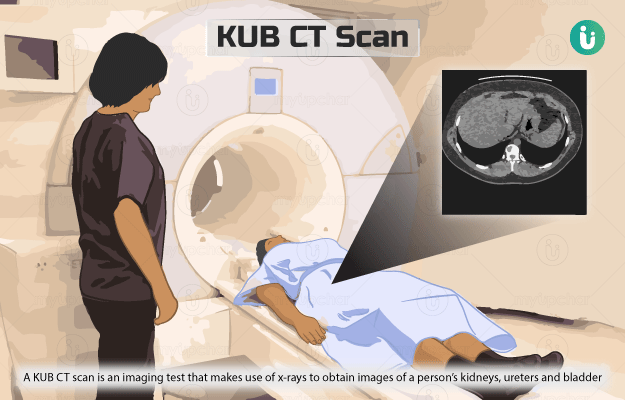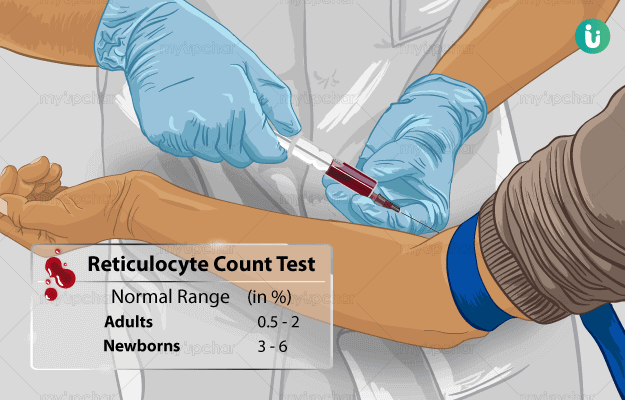What is Bone marrow iron stain?
Bone marrow is a spongy tissue present in the centre of some large bones in our body, like the pelvis, thigh bone, breast bone and backbone. It contains immature cells called stem cells, which develop into specialised blood cells, namely the white blood cells, red blood cells and platelets.
Our bone marrow also contains iron stores in the form of ferritin (an iron-containing protein in blood). Iron is an essential nutrient required for the production of red blood cells and the formation of haemoglobin (the oxygen-carrying blood protein).
Bone marrow iron stain is used to check the iron reserves in your bone marrow for the presence of conditions such as anaemia or iron overload. Perls’ Prussian blue is the stain used in this test. Under the microscope, it shows iron accumulation in shades of blue.














